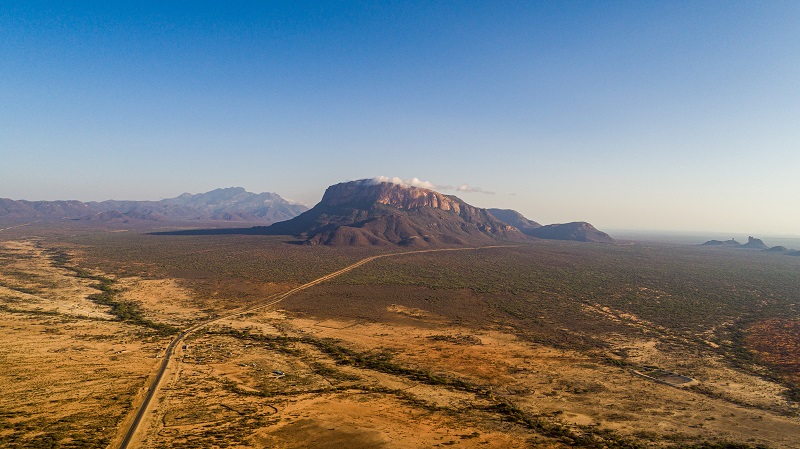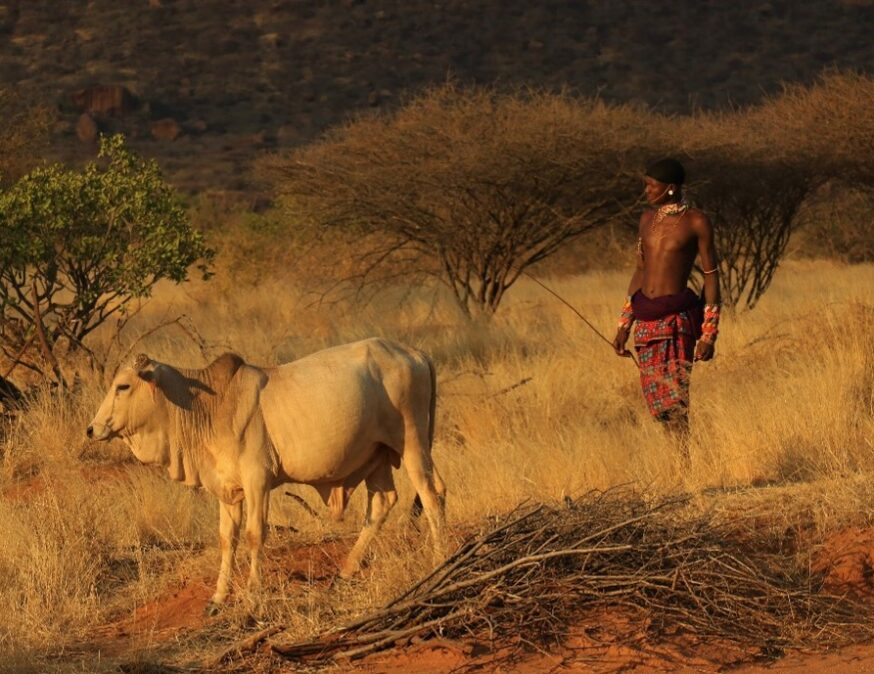There is a broad and growing consensus that we must take substantial action to reduce and mitigate existing unavoidable emissions before 2030. Only with rapid decarbonisation can we limit temperature rise to 1.5 degrees above pre-industrial levels. There are two markets that aid us in reducing our emissions footprints: the compliance and the voluntary carbon market. While both markets serve to reduce overall emissions, they operate in distinctively differing manners.
Compliance carbon markets
Government-regulated compliance carbon markets are created and overseen by mandatory national, regional, or jurisdictional carbon reduction regimes. It is not optional- every facility or company covered is obliged to take part in the market. Usually operating in the form of a cap-and-trade system, installations or bodies must hold or purchase enough credits to cover their emissions. The compliance carbon market imposes a gradually declining cap which serves to gradually reduce a companies’ total emissions over time.
Voluntary carbon markets
The voluntary carbon market, on the other hand, functions entirely separately from compliance markets. As its name suggests, this market enables companies and individuals to purchase carbon credits on a voluntary basis. The process of the voluntary carbon market also differs to that of the compliance carbon market: the basis here is that one entity (e.g. a company) pays another (e.g. a carbon project) for the removal or avoidance of emissions. Such actions by carbon projects can include forest conservation, soil restoration or blue carbon initiatives such as the planting of mangroves.
The work of a carbon project generates carbon credits, each representing one metric tonne of removed or avoided CO2. Credits can also be generated from the avoidance or removal of other greenhouse gases such as methane, which is represented as CO2e. Independently verified, these credits are purchased by companies, individuals or governments who are voluntarily choosing to counterbalance their emissions footprint.
Blurred boundaries
While the compliance carbon market and the voluntary carbon market evolved separately and serve different purposes, there is still a blurring of boundaries between them. Indeed, a few compliance markets in California, Mexico and South Africa currently accept a set, small percentage of voluntary carbon credits as a means of complying with carbon tax obligations.
Historically more compliance markets had voluntary credits, but overtime some specific concerns drove several compliance carbon markets away from voluntary credits. Based on this trend, some experts predict that we will not see any future merging between the two markets. However, opinions are divided. Other experts in the field believe that the two markets can inform each other in terms of best practise and that they may merge closer together in the coming years.
The two markets and Article 6
With more countries looking to meet their Nationally Determined Contributions (NDCs), 2022 saw some key developments for carbon markets. Perhaps most notably were the discussions held at COP26 in Glasgow on Article 6. These gave rise to the possibility of more carbon markets and trading activities globally.
Article 6 was established under the Paris Agreement and refers to a set of rules for countries looking to employ market-based mechanisms or cross-border collaboration to achieve their NDCs. This Article proposed two market mechanisms. The first, 6.2, governs country-to-country trading rules, while the second, 6.4, sets global carbon credit mechanisms in which countries, international bodies, companies, and individuals can all take part.
It is essential that emission reductions or removals are not claimed twice (eg. by the country that generated the credit and by the country which purchased it). Such errors are known as double counting and seriously undermine global climate ambition. Therefore, in both mechanisms a corresponding adjustment can be applied to ensure that credits are issued responsibly. A corresponding adjustment is a carbon accounting procedure in which a credit that is ‘exported’ from the country where it was generated is only counted by a buyer of that credit. This is done through ‘authorisation’ of credits ready for export by host countries.
Never-the-less, how companies engage with Article 6 and these accounting rules is still an open question. Although a company may choose to buy ‘authorised’ credits, it is not obliged to do so. At present, it is up to individual countries and companies on how they engage with Article 6 and the rules of the markets. However, major registries such as Verra and Gold Standard are looking at offering Article 6-compliance credits to market to drive greater high quality supply.
A look to the future
Trading nearly 300mt of CO2e in 2021[1], the voluntary carbon market is still tiny compared to compliance carbon markets which covered 12gt globally. However, the voluntary carbon market has grown massively in recent years and has huge potential to scale. Indeed, a high-integrity voluntary carbon market could mobilise, at speed and scale, billions of dollars a year in additional climate finance. These carbon projects can remove or reduce emissions from the environment while also bringing benefits for communities and ecosystems.
Many experts agree that more linkages to compliance carbon markets are possible, but assurances of integrity are key for its success. Only with quality and integrity across both markets can we work towards our climate targets while simultaneously addressing our nature and sustainable development goals.
[1] https://www.spglobal.com/commodityinsights/en/market-insights/latest-news/energy-transition/111121-cop26-voluntary-carbon-market-value-tops-1-bil-in-2021-ecosystem-marketplace
Picture credit: Northern Kenya Rangelands
Share this article



